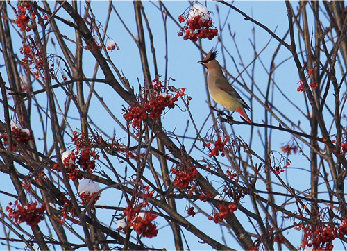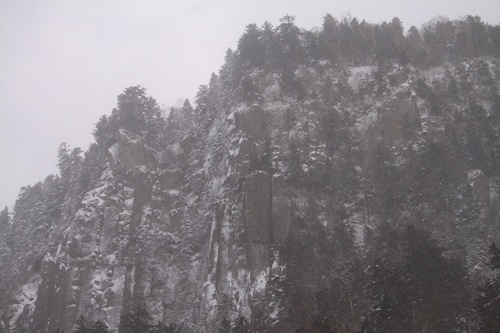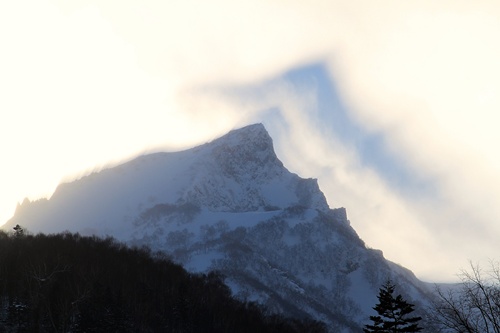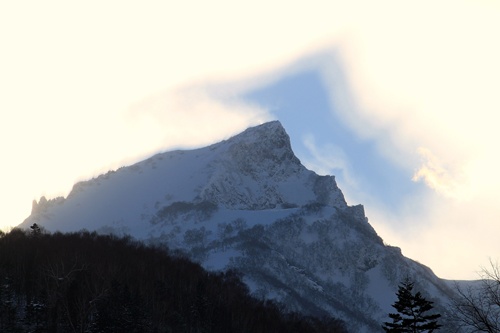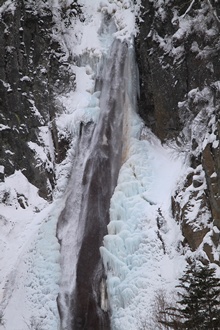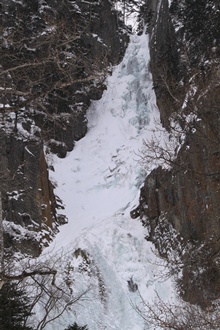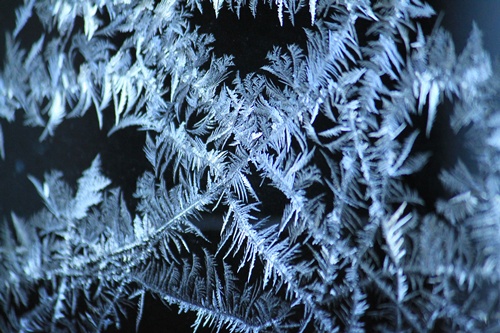Happy New Year to all!
Here at Sounkyo, the New Year brought heavy snow, with some days having extremely severe weather that plunged temperatures down below -20°C. However, over the past week the weather has been comparatively mild.
The first sunrise of the New Year started off in clouds, but gradually the sun shone through and gave us a beautiful sunrise to admire.
We hope this year, finally, we will be able to enjoy milder weather.
The photographs show Bombycilla garrulus and Bombycilla japonica.
From the start of the New Year, the number of birds has swollen to over 100. Perhaps because they have become used to our presence, they do not fly away when people approach and continue pecking at the Sorbus commixta berries.
Even people who are normally uninterested in birds have stopped by, surprised by their large number, and asked, “What is that?”
The result becomes an impromptu bird-watchers’ gathering, with participants so enthralled that they forget to take the photographs they’d come to shoot.
It’s always extremely pleasing to see people take even a little interest in these things.
Although cold days continue, we hope you too will come out to experience the beauty of nature.
And we look forward to enjoying your kind support throughout the coming year.
Photos: Bombycilla garrulus (yellow tails) and Bombycilla japonica (red tails) Jan. 7
Here at Sounkyo, the New Year brought heavy snow, with some days having extremely severe weather that plunged temperatures down below -20°C. However, over the past week the weather has been comparatively mild.
The first sunrise of the New Year started off in clouds, but gradually the sun shone through and gave us a beautiful sunrise to admire.
We hope this year, finally, we will be able to enjoy milder weather.
The photographs show Bombycilla garrulus and Bombycilla japonica.
From the start of the New Year, the number of birds has swollen to over 100. Perhaps because they have become used to our presence, they do not fly away when people approach and continue pecking at the Sorbus commixta berries.
Even people who are normally uninterested in birds have stopped by, surprised by their large number, and asked, “What is that?”
The result becomes an impromptu bird-watchers’ gathering, with participants so enthralled that they forget to take the photographs they’d come to shoot.
It’s always extremely pleasing to see people take even a little interest in these things.
Although cold days continue, we hope you too will come out to experience the beauty of nature.
And we look forward to enjoying your kind support throughout the coming year.
Photos: Bombycilla garrulus (yellow tails) and Bombycilla japonica (red tails) Jan. 7

